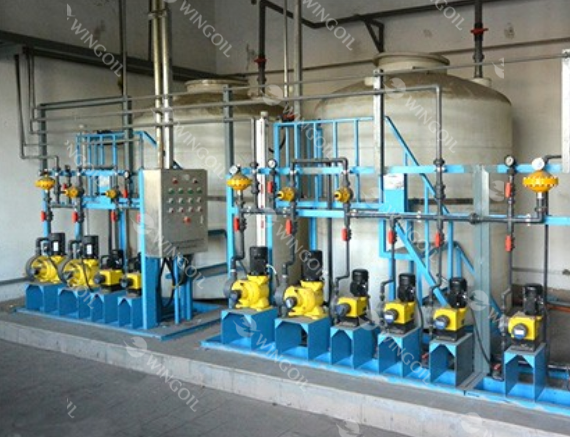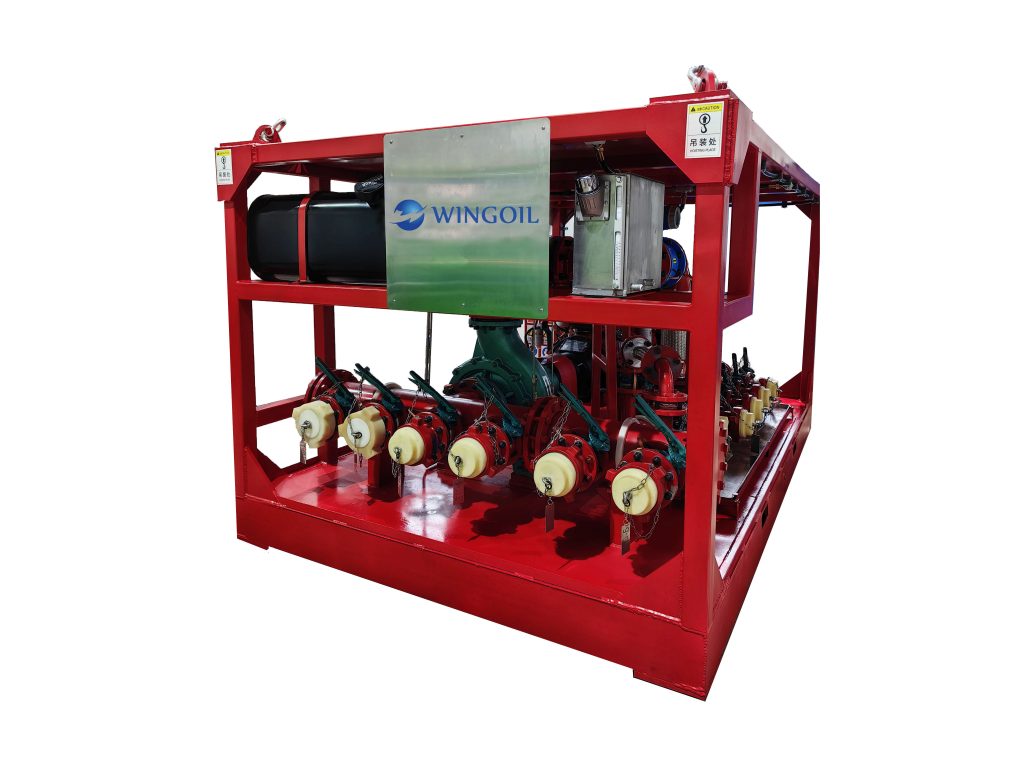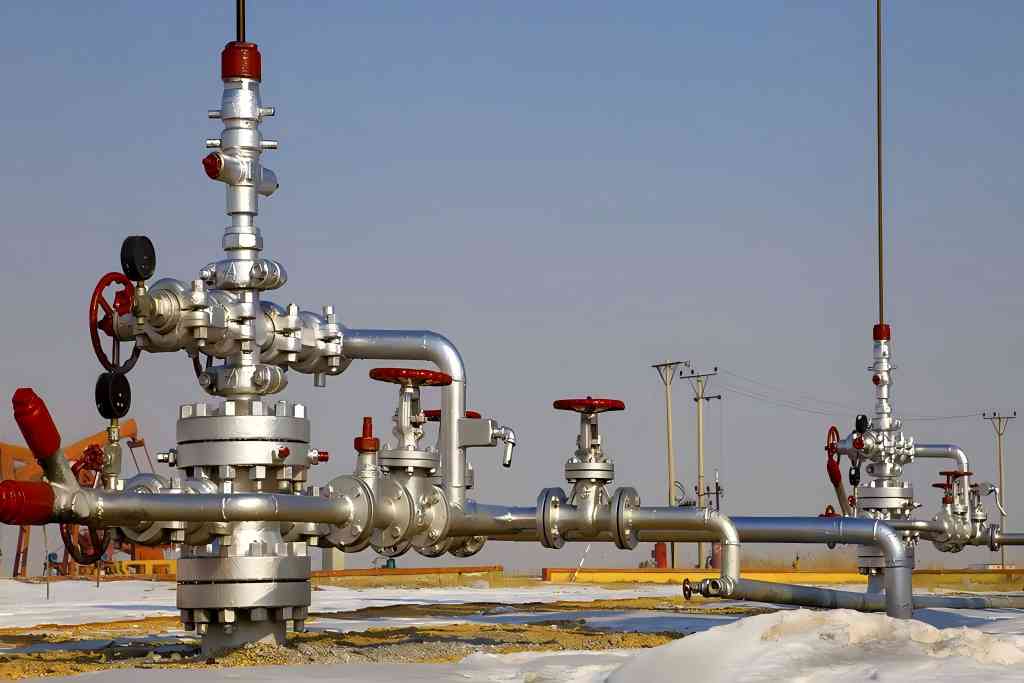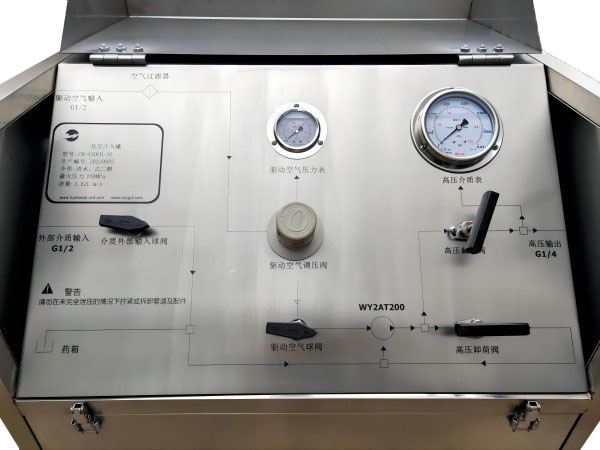Chemical Injection Equipment: A Catalyst for Enhanced Oil Recovery
Chemical injection equipment has emerged as a pivotal technology in modern oilfield development, playing a crucial role in optimizing production and maximizing recovery. By strategically introducing specific chemicals into oil reservoirs, operators can significantly enhance oil recovery, improve reservoir management, and minimize environmental impact. This article delves into the intricacies of chemical injection equipment, exploring its working principles, advantages, and applications in the oil and gas industry.

How Chemical Injection Equipment Works
Chemical injection equipment typically comprises a series of interconnected components designed to store, mix, and deliver chemicals into the wellbore. Key components include:
- Chemical storage tanks: These tanks store various chemicals, such as surfactants, polymers, and alkaline agents, which are used to alter the physical and chemical properties of the reservoir fluids.
- Injection pumps: High-pressure pumps are employed to inject the chemicals into the wellbore at precise rates and pressures.
- Mixing systems: These systems ensure thorough mixing of chemicals to achieve the desired concentration and consistency.
- Control systems: Advanced control systems monitor and regulate the injection process, optimizing chemical delivery and minimizing operational costs.
The process of chemical injection involves several steps:
- Chemical selection: Based on reservoir characteristics and production goals, appropriate chemicals are selected.
- Chemical preparation: The chosen chemicals are mixed and diluted to the required concentrations.
- Injection: The prepared chemicals are injected into the wellbore at specific injection rates and pressures.
- Reservoir interaction: The injected chemicals interact with the reservoir fluids and rock formations, altering their properties and facilitating oil recovery.
Mechanisms of Action
- Reduced Interfacial Tension: Surfactants reduce the surface tension between oil and water, allowing oil droplets to coalesce and flow more easily.
- Increased Oil Viscosity: Polymers increase the viscosity of injected water, improving its sweep efficiency and displacing more oil.
- Altered Rock Wettability: Alkaline agents can alter the wettability of the rock surface, making it more oil-wet, which can improve oil recovery.

Advantages of Chemical Injection in Oilfield Development
Chemical injection offers a multitude of advantages for oilfield development:
1. Enhanced Oil Recovery (EOR)
- Improved sweep efficiency: By reducing interfacial tension between oil and water, chemicals can enhance the displacement of oil from reservoir pores.
- Increased oil mobility: Polymers can increase the viscosity of injected water, improving its ability to sweep the reservoir and displace oil.
- Altered rock wettability: Surfactants can alter the wettability of reservoir rocks, making them more oil-wet, which can help to mobilize residual oil.
2. Reservoir Management
- Pressure maintenance: By injecting water or gas, operators can maintain reservoir pressure, preventing premature decline in production.
- Formation damage mitigation: Chemicals can be used to remove or prevent formation damage, such as scale and paraffin deposits, which can impede fluid flow.
3. Operational Efficiency
- Reduced downtime: By addressing issues like scale and corrosion, chemical injection can minimize downtime and optimize production.
- Optimized production rates: By improving reservoir performance, chemical injection can help sustain or increase production rates.
4. Environmental Benefits
- Reduced environmental impact: By minimizing waste and emissions, chemical injection can contribute to a more sustainable oil and gas industry.
Key Features and Specifications of Chemical Injection Equipment
Chemical injection equipment is designed to meet the specific requirements of different oilfield applications. Key features and specifications include:
Design and Construction
- Materials of Construction: Chemical injection equipment is typically constructed using corrosion-resistant materials, such as stainless steel, to withstand harsh operating conditions and chemical exposure.
- Safety Features: The equipment is designed with safety features, including pressure relief valves, emergency shutdown systems, and leak detection systems, to minimize risks.
Operational Parameters
- Pressure and Flow Rate Control: Precise control of injection pressure and flow rate is essential to optimize chemical distribution and maximize recovery.
- Chemical Compatibility: The equipment must be compatible with a wide range of chemicals, including surfactants, polymers, and acids, to ensure reliable operation.
Automation and Control
- Remote Monitoring and Control: Advanced control systems enable remote monitoring and control of chemical injection operations, improving efficiency and reducing operational costs.
- Data Acquisition and Analysis: Real-time data acquisition and analysis provide valuable insights into reservoir performance and optimize chemical injection strategies.
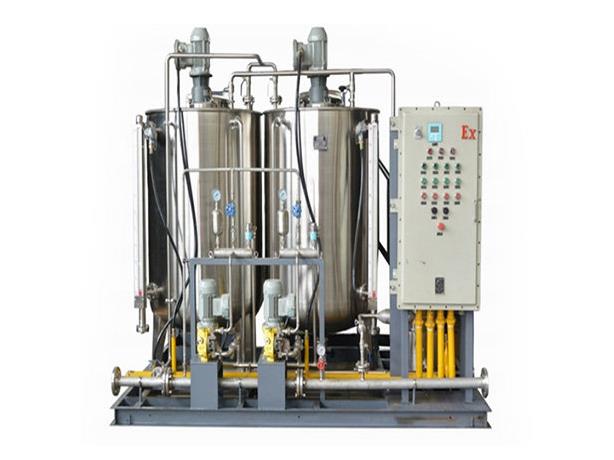
Applications of Chemical Injection in Oilfield Development
Chemical injection has diverse applications in oilfield development:
Enhanced Oil Recovery (EOR) Methods
- Polymer flooding: Polymers are injected to increase the viscosity of injected water, improving sweep efficiency.
- Surfactant flooding: Surfactants are used to reduce interfacial tension between oil and water, enhancing oil recovery.
- Alkaline flooding: Alkaline agents are injected to alter the pH of the reservoir, leading to improved oil recovery.
Production Enhancement
- Scale Inhibition: Chemical inhibitors can prevent scale formation, which can reduce well productivity and increase maintenance costs.
- Corrosion Control: Corrosion inhibitors can protect pipelines and production equipment from corrosion, extending their lifespan and reducing maintenance costs.
- Paraffin Removal: Paraffin removal chemicals can dissolve and remove paraffin deposits, which can impair well productivity.
Reservoir Management
- Waterflooding Optimization: Chemical treatments can improve the efficiency of waterflooding, a common secondary recovery method, by altering water viscosity and interfacial tension.
- Gas Injection: Chemical additives can enhance the efficiency of gas injection, a tertiary recovery method, by improving gas sweep efficiency and reducing formation damage.
Challenges and Future Trends
While chemical injection offers significant benefits, it also presents certain challenges:
- Chemical compatibility: Ensuring the compatibility of chemicals with reservoir fluids and equipment is crucial.
- Downhole equipment reliability: Reliable downhole equipment is essential for successful chemical injection operations.
- Economic considerations: The cost-effectiveness of chemical treatments must be carefully evaluated.
- Environmental regulations: Compliance with environmental regulations is essential for sustainable chemical injection practices.
Future trends in chemical injection include:
- Advanced materials: Development of advanced materials for equipment and chemicals to improve performance and durability.
- Smart injection systems: Integration of advanced sensors and control systems to optimize chemical delivery and minimize waste.
- Digitalization and AI: Application of digital technologies and artificial intelligence to enhance data analysis, decision-making, and operational efficiency.
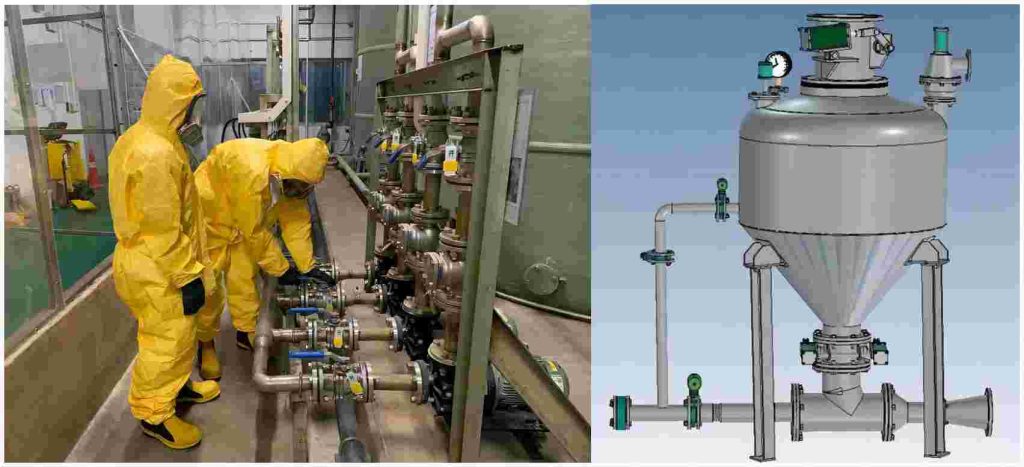
Chemical injection equipment plays a vital role in modern oilfield development by enhancing oil recovery, optimizing production, and mitigating environmental impact. By understanding the principles of chemical injection, the advantages it offers, and the challenges it faces, oil and gas operators can make informed decisions to maximize the benefits of this technology. As technology continues to advance, chemical injection is poised to play an even more significant role in the future of oil and gas production.

